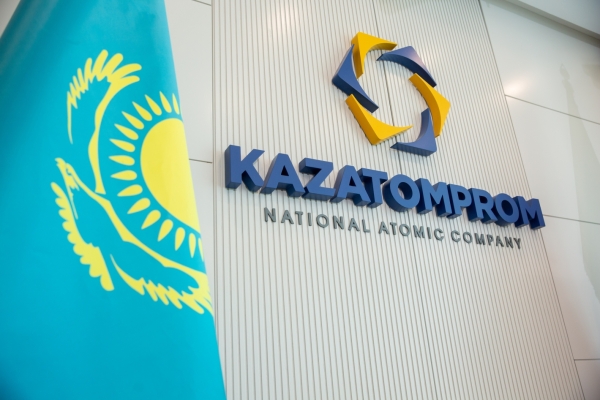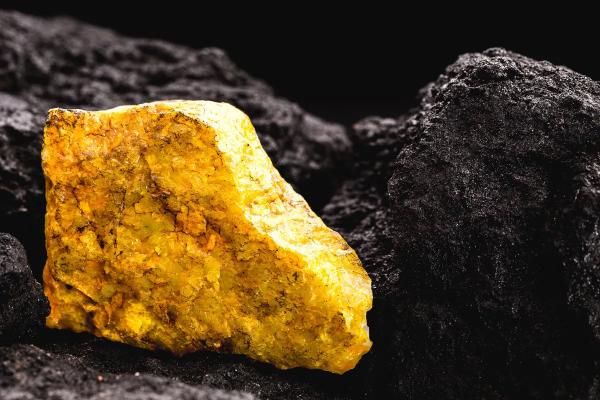Shares of Australian uranium companies dropped on August 2 after Kazatomprom, the world’s largest uranium producer, reported increased first-half output and revised its production forecast for the year, Market Watch reported.

Kazatomprom, a state-owned company from Kazakhstan, accounts for about a quarter of global uranium output. The company raised its 2024 production estimate to between 22,500 and 23,500 metric tons, up from the previous estimate of 21,000 to 22,500 metric tons. The increase is expected to bolster its inventories.
Kazatomprom increased its uranium production by 6% year-on-year in the first half of 2024, reaching 10,857 tonnes. Production on an attributable basis rose by 7% to 5,797 tonnes. The company noted slight increases in production for both the second quarter and the first half of 2024 compared to the same periods in 2023.
This rise is attributed to adjustments in production plans, resumption of drilling work, and securing sufficient sulfuric acid for 2024, despite a 20% reduction compared to Subsoil Use Agreements.

However, Kazatomprom and its subsidiaries saw an 18% drop in sales, totaling 7,779 tonnes in the first half of the year, though the average price of uranium concentrate rose by 41% to $66.22 per pound. Sales volumes for the first half of 2024 were lower compared to the same period in 2023 due to reduced sales guidance and timing of customer deliveries. Therefore, the company has revised its 2024 production forecast upwards.
Earlier this year, uranium prices rose due to concerns that Kazatomprom might not meet its production targets, partly due to issues with sourcing sulfuric acid.
In Sydney, Paladin Energy’s shares fell by around 11%. Boss Energy’s shares were down by roughly 13%. Deep Yellow and Bannerman Energy also saw declines of 18% and 14%.




